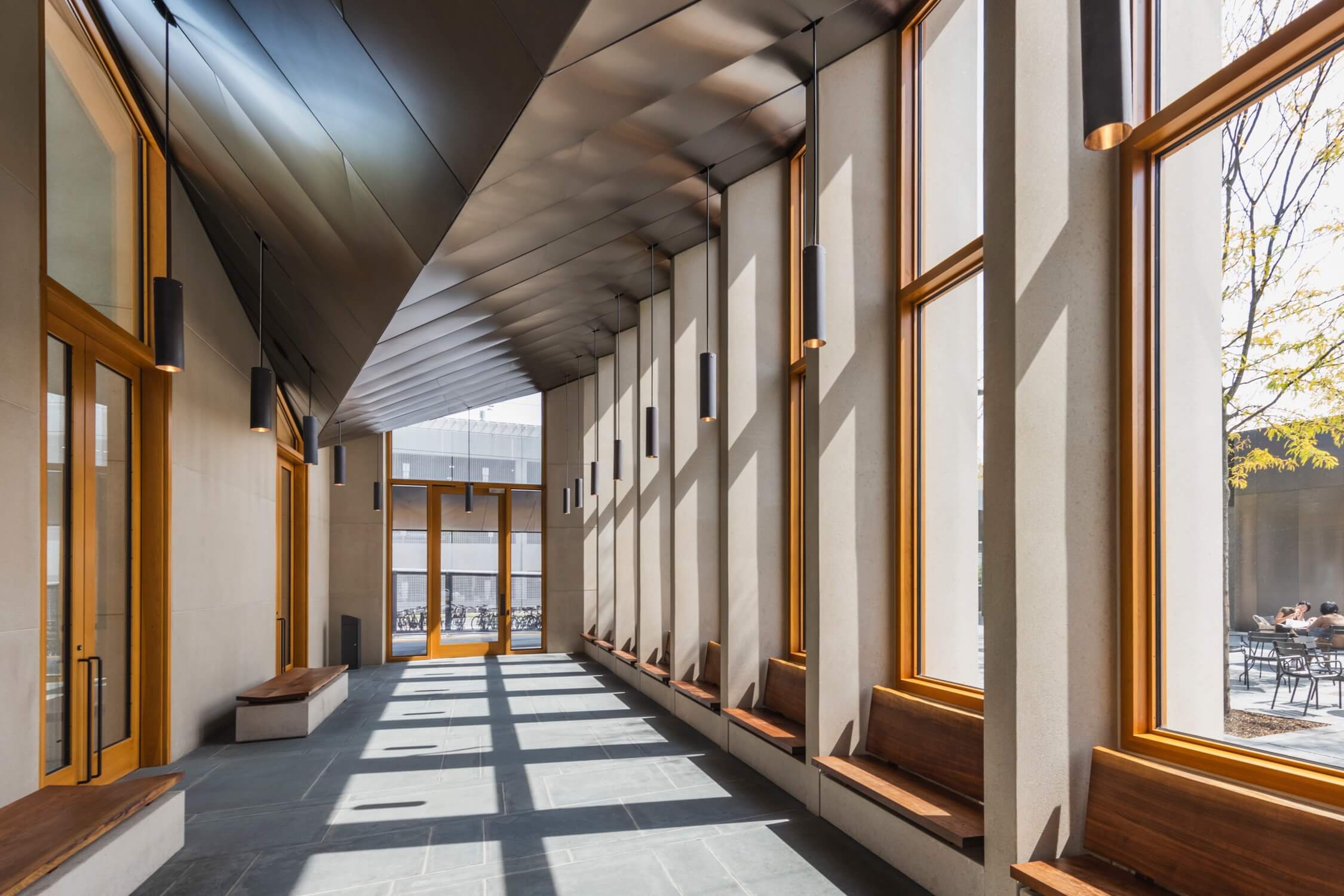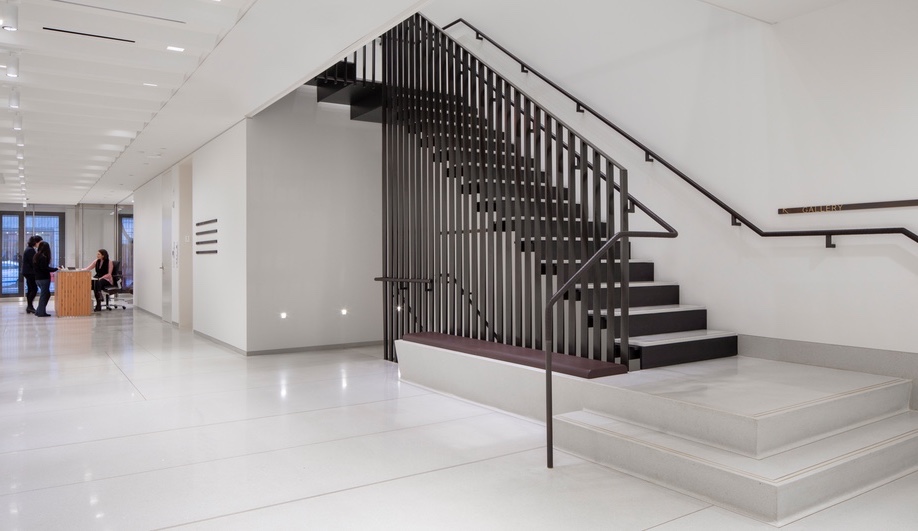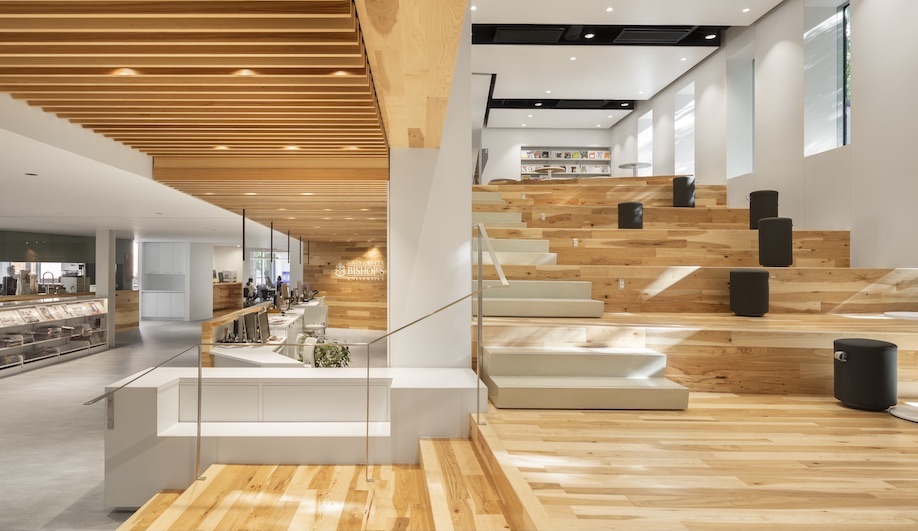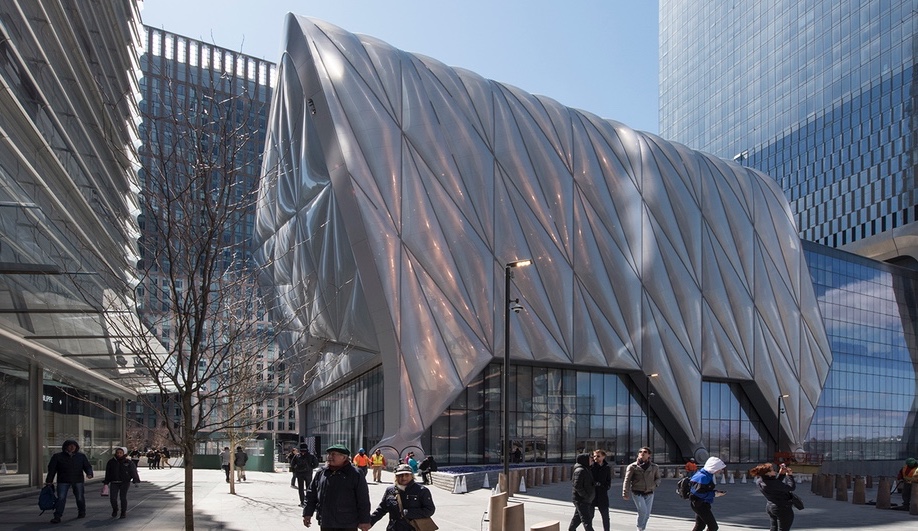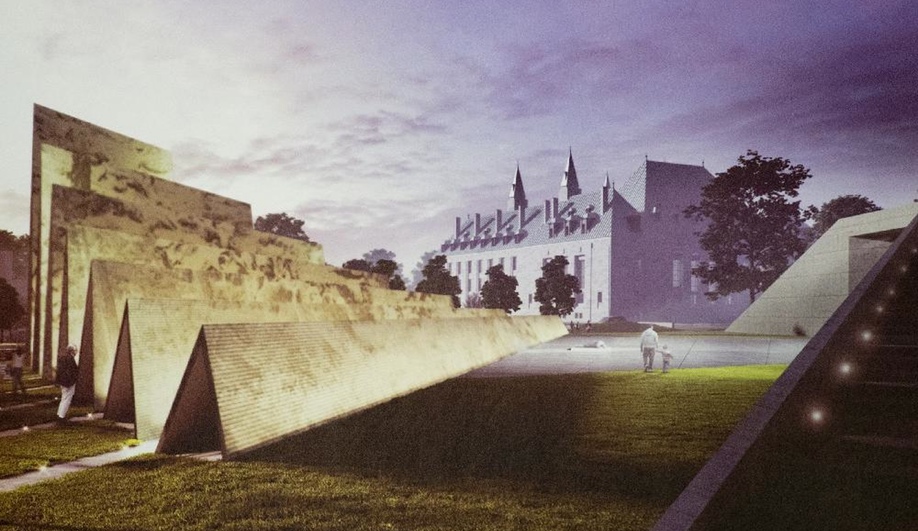
The past few weeks have not been good for Canadian monument building. Two planned projects have been called out by the public and by the architecture community for being too big, too negative and just plain hideous. What’s going on?
Memorial building – inevitably fraught with conflicting politics, emotions and aesthetic visions – is never easy. The results are more often than not planned-by-committee, watered-down versions of an original, singular idea. In Canada, plans for two major monuments – one in Ottawa, the other on Cape Breton Island, Nova Scotia – are raising deeper questions about what monuments should be, how they should look, and what they say about our country.
On June 26, a coalition including the Royal Architectural Institute of Canada filed a federal law suit expressing grievances on going forward with the Monument to the Victims of Communism, a massive 5,000-square-metre memorial destined to fill prime real estate in the nation’s capital. It’s site is sandwiched between two symbols of Canadian democracy: Library and Archives Canada and the Supreme Court.
The lawsuit is claiming a lack of due diligence in constitutional process by not letting the public have its say. In particular, the suit questions the “hasty” decision to begin breaking ground despite not having a finalized design in place.
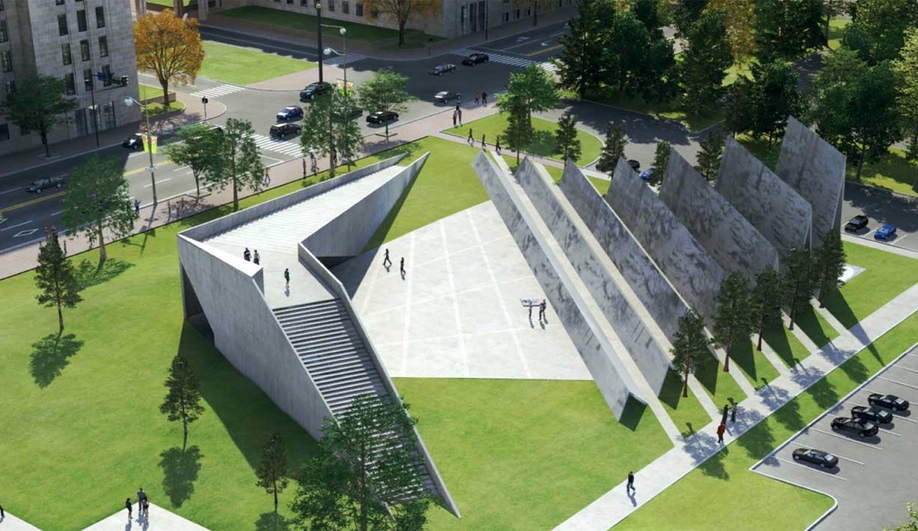
The competition-winning design for the Monument to the Victims of Communism.
The coalition behind the suit includes Shirley Blumberg, co-founding principal leading Toronto architecture firm KPMB, who was also on the selection jury and says she was made aware of the location after she had agreed to jury. She has been vocal since late last year about the problematic location. “It is so centrally placed that it would seem to overshadow Canada’s true history,” she has said.
There are other reasons critics would like to see the monument put on hold, relocated or stopped altogether, one being its overall design, by Voytek Gorczynski of Toronto’s ABSTRAKT Studio Architecture. A series of jagged walls that rise up like a mountain range provide narrow and heavily shadowed pathways between, and they will be covered in 100-million tiny pixel-like squares, each one representing a life lost to Communist regimes worldwide. The source behind representing victims as individuals stems from Josef Stalin’s infamous quote: “One death is a tragedy; one million is a statistic.”
The monument itself has been described as negative, gloomy and “focusing on evil.” And with its location next to the courthouse and national archives, it sends a conflicting and distorted message about Canada’s democratic history.
It will also occupy one of the last available parcels of land on Parliament Hill, which Paul Bedford, Toronto’s former chief planner, argues should be used for a federal judicial building, as was originally planned.
Cost wise, the scheme is likely to go over budget. While the project’s official budget is earmarked at $5.5 million, split roughly between public and private funds, Canadian Architect editor Elsa Lam wrote in the Ottawa Sun, “It will likely cost 10 times that amount, exceeding $55 million, almost all from the public purse.” The expense, she notes, is likely to rise, given the labour involved in making, installing and maintaining those 100-million squares, each one about the size of a fingernail.
While controversy swirls in Ottawa, another proposed memorial in Nova Scotia is being called out for its outdated form: a towering robed woman with a head scarf that looks strikingly similar to the Virgin Mary. Her 25-metre-tall form stands at the edge of the Atlantic Ocean looking out toward the horizon.
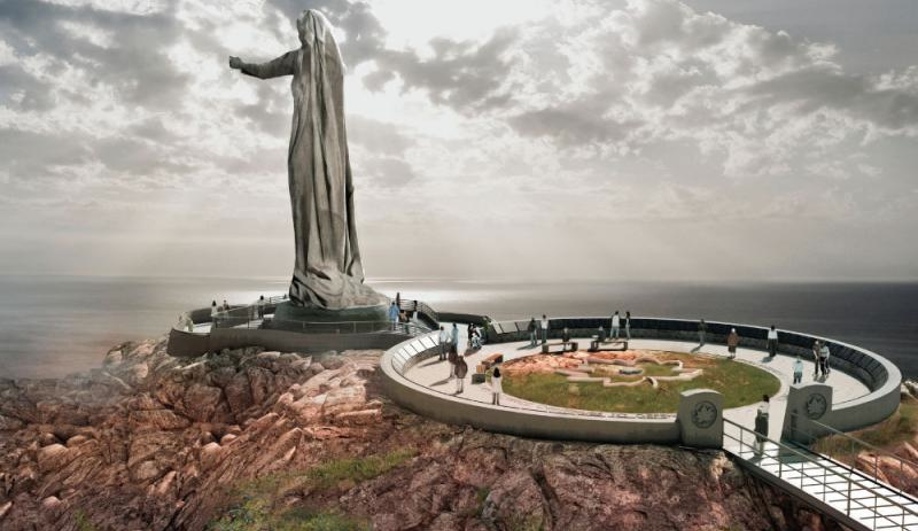
The proposed Mother Canada memorial.
Designed to honour war victims, soldiers and marines who have died at sea, she has been named Mother Canada, which has many observers scratching their heads. In the Guardian, columnist Heather Mallick wrote: “Canadians don’t think of their nation as maternal. In our dark night of the soul, we call out to the north, and the north isn’t fatherly. It’s just there.”
Mallick goes on to describe Mother Canada’s biblical and emaciated looks as “awkward, and it will be worse in winter when ice hangs from her bony fingers and saltwater lashes her eyeballs. It’s a great site for child-scaring. Maybe it’ll ward off crows.” While the monument – planned by the Never Forgotten National Memorial Foundation – would honour those who died at sea by facing the ocean, visitors will only have a view of her backside.
Editor’s note: An earlier version of this story contained incorrect information. The article was corrected on July 2, 2015.

